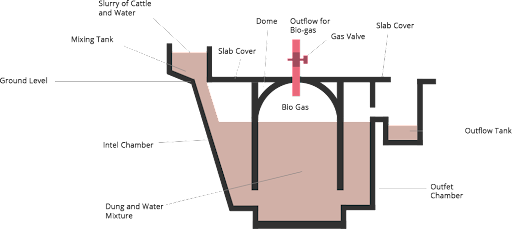NCERT Exemplar for Class 10 Science - Sources of Energy - Free PDF Download
FAQs on NCERT Exemplar for Class 10 Science Chapter 14 - Sources of Energy (Book Solutions)
Following are the various topics discussed in Chapter 14 of Class 10 NCERT exemplar material. These can be downloaded free of cost from the official website of Vedantu and app.
What is a sustainable source of energy?
What are conventional sources of energy?: Fossil fuels, thermal power plants, hydroelectric power plants, latest trends in technology.
Alternative sources of technology: solar, tidal, nuclear and geothermal energy sources.
Sustainability of energy
Environmental consequences
Wind energy is an important type of renewable energy. Many onshore power plants are located in the USA, China and India. A wind park is also known as a wind power station is a place where multiple wind turbines are located together. The number of wind turbines varies from a few to hundreds depending on the area available in the wind farm. Wind parks could be onshore and offshore. Following are the limitations of wind energy:
As winds are seasonal in few places, there could not be any possibility for continuous production of energy
The area required to construct a wind farm is wide and hence, takes huge resources.
A minimum wind speed of 15 km/hr is needed to generate wind energy
Please refer to the NCERT material on our website for more information.
Fossil fuels are natural fuels that are formed after the dead animals and plants decompose. They are flammable buried geological deposits. They get weathered away with time and turn into natural resources. Following are the consequences of using fossil fuels in an unsustainable way:
When fossil fuels are burnt, they release many harmful gases like carbon dioxide, carbon monoxide etc., these gases in turn will increase pollution and also cause global warming which further increases the global average temperatures
Sulphur dioxide released when fossil fuels are burnt will cause acid rains and have harmful effects on biodiversity
Burning fossil fuels will release smog into the sky and reduce visibility especially in cities
It may cause various harmful diseases to humans, plants and animals
Energy generated from any source other than organic material is non - conventional source of energy. Examples of non - conventional sources of energy are wind, tidal, nuclear and geothermal energy sources. Tidal energy is harnessed by constructing dams at the opening of the sea. Wind energy is harnessed by wind turbines in a huge farm and nuclear reactors are used to harness nuclear energy. Following are the reasons to harness non - conventional sources of energy:
Conventional sources are limited and get exhausted soon. Unlike them, non - conventional sources replenish faster
They do not lead to environmental pollution









































